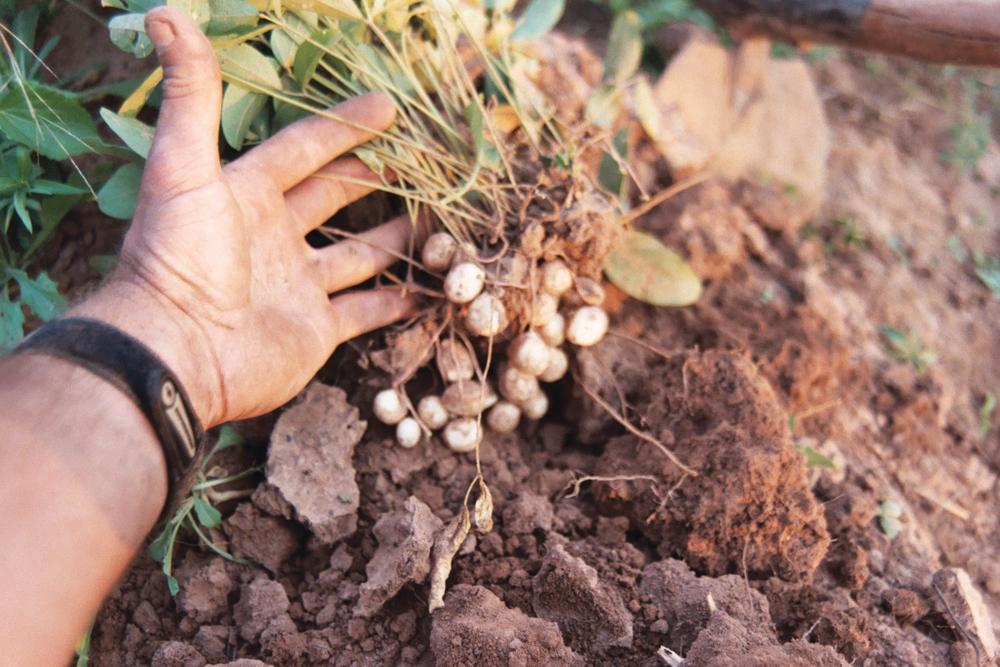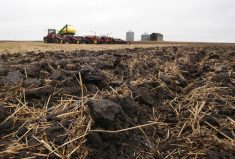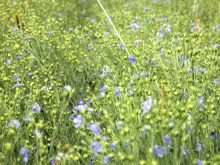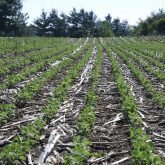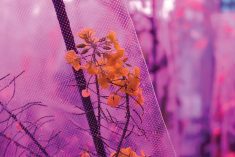Domesticating plants to grow as crops can turn out to be a double-edged scythe.
On one hand, selecting specific desirable traits, such as high yields, can increase crop productivity. But other important traits, such as resistance to pests, can be lost.
To mitigate this, researchers often turn to the wild relatives of crops. These wild relatives continue to evolve in nature, often under adverse conditions. They possess several useful genes for desirable traits.
In a new study, scientists report significant strides in transferring disease- and stress-resistance traits from wild relatives of several legumes to their domesticated varieties. This research was conducted at the International Crops Research Institute for the Semi-Arid Tropics (ICRISAT) in Patancheru, India.
Read Also

VIDEO: PhiBer drone carrier wins ag tech innovation award
PhiBer Manufacturing’s Dash Carrier trailer can land, recharge and refill four drones. The Manitoba company won the ag tech innovation at Ag in Motion 2025.
“Legume crops are hit hard by diseases, insect pests, drought, heat stress, and salinity,” says lead researcher Shivali Sharma.
There are several wild relatives of these crops that are resistant to pests and diseases. Incorporating those traits would improve the resilience of domestic legume varieties, but differences in their genetic makeup make it difficult to interbreed wild and domestic strains.
Sharma and her colleagues used their skills and modern technology to breed wild groundnut varieties, then identify which of these were also resistant to fungal infections. These were then crossed with cultivated groundnut varieties to develop new breeding lines with good resistance and yields.
“Crop wild relatives are the reservoir of many useful genes and traits,” says Sharma. “It is our responsibility to use this hidden treasure for future generations.”





